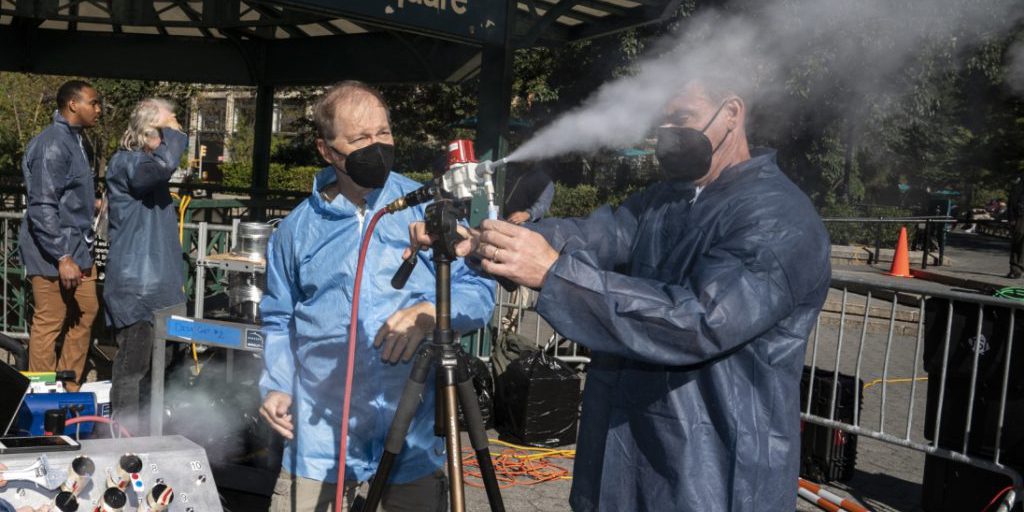When the air harbors harmful matter, such as a virus or toxic chemical, it’s not always easy to promptly detect this danger. Whether spread maliciously or accidentally, how fast and how far could hazardous plumes travel through a city? What could emergency managers do in response?
These were questions that scientists, public health officials, and government agencies probed with an airflow study conducted from October 18 to 22 in New York City. At 120 locations across all five boroughs of the city, a team led by Lincoln Laboratory collected safe test particles and gases released earlier in subway stations and on streets, tracking their journeys. The exercise measured how far the materials traveled and what their concentrations were when detected.
The results are expected to improve air dispersion models and, in turn, help emergency planners improve response protocols if a real chemical or biological event were to take place.


